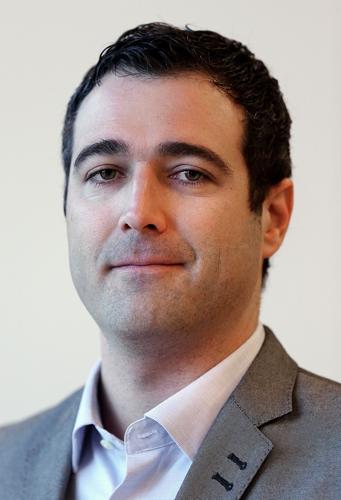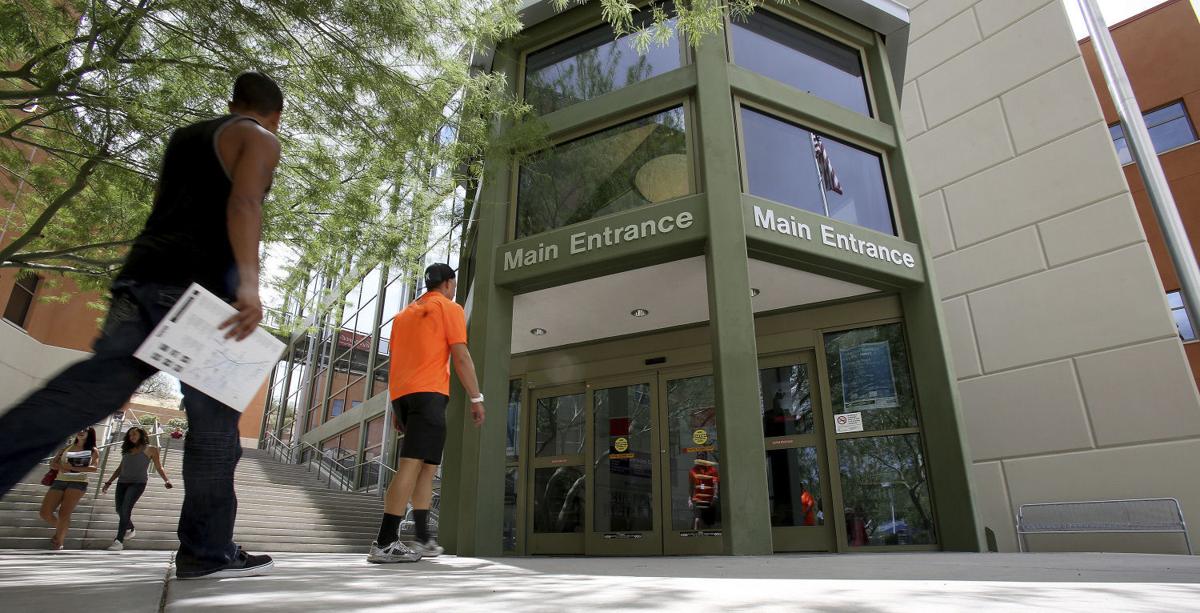State lawmakers may put a stop to Pima Community College’s longtime practice of overstating its enrollment to prop up its spending limit.
A bill supported by some legislators but opposed by a tax watchdog would force the school to reduce its annual spending ceiling by basing it on an average of actual enrollment instead of on estimates.
Current rules allow colleges to estimate the number of students they expect to serve that year to calculate their spending limits. PCC typically overestimates by 30 to 40 percent, which has kept its spending ceiling from dropping in tandem as the school’s enrollment plunges.
Between 2012 and 2015, for example, the Tucson school’s actual enrollment fell 25 percent while its spending limit, based on the inflated estimates, fell by just 11 percent.
A college’s spending limit, which is separate from its budget, caps the amount of local tax revenue a school can spend. It does not limit how other revenue, such as tuition dollars, can be spent.
The House Government and Higher Education Committee is expected to hear SB 1322 Thursday, March 3. The measure, which would apply to all community colleges, has already passed the Senate.
Had the proposal been in effect this school year, PCC’s $114.4 million spending limit would have fallen by nearly $4 million to $110.6 million, school officials say.
That’s a much softer hit than the college would have taken under similar bills proposed this year and last. A version floated in 2014, for example, would have required PCC to make budget cuts of around $30 million.
Pima isn’t the only Arizona school to use inflated enrollment figures to calculate its spending limit but it’s “probably the biggest abuser” of the current system, said Sean McCarthy of the Arizona Tax Research Association, the statewide group that’s been pushing for changes to how spending limits are calculated.
The group pushed this year for a different reform bill that would have reduced PCC’s spending limit by about $16 million, but that proposal hasn’t found support among lawmakers.
SB 1322 would require colleges to use a five-year average of actual enrollment to calculate spending limits. An amendment added at PCC’s urging would allow schools to use a 10-year enrollment average for the first three years to keep spending limits from falling too quickly at schools with declining enrollment.
The bill also would allow colleges to count a student taking career and technical training as 1.3 students when calculating spending limits since such programs often are more expensive to operate.
The current system for determining spending limits, “makes no sense in 2016,” said state Sen. Steve Farley of Tucson, one of SB 1322’s sponsors.
“The world has changed since 1980,” when the current rules were established, Farley said. “Some of the programs being offered today cost a lot more to run,” he said.
When a college loses enrollment as quickly as PCC, it doesn’t necessarily follow that its spending should drop to the same degree, Farley said.
“There is a limit to how far you can adjust your spending downward without having a permanent free-fall,” he said.
McCarthy said he’s “expecting kind of a battle in the House” when the measure is debated.
He’ll be arguing against the provisions that allow for 10-year averaging and weighting for career and technical students, measures his group deems too generous to properly protect taxpayers.
PCC Governing Board member Demion Clinco said college officials are keeping fingers crossed that the bill passes in its current form.
“It isn’t perfect,” he said of the measure. “But it would give the college some financial certainty going forward.”
If it passes the committee Thursday, the bill will also have to clear the House Appropriations Committee and get the go-ahead from the full House before it can proceed.








